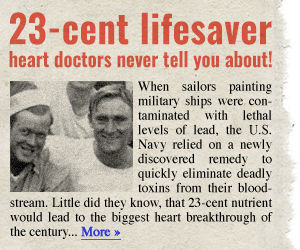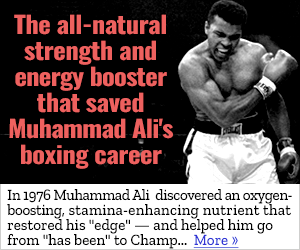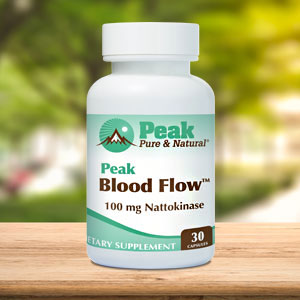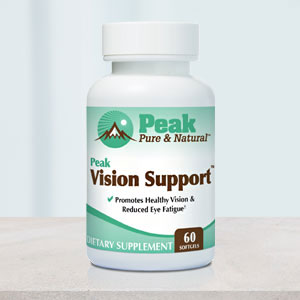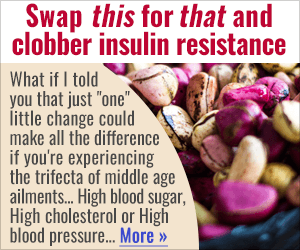Get Easy Health Digest™ in your inbox and don’t miss a thing when you subscribe today. Plus, get the free bonus report, Mother Nature’s Tips, Tricks and Remedies for Cholesterol, Blood Pressure & Blood Sugar as my way of saying welcome to the community!
Electrolyte drinks: Good, bad or Fad?

As the number one brand of powdered hydration in the United States, Liquid I.V. is a clear leader in the functional hydration space. Sold in various flavor varieties, each individual serving promises “Extraordinary Hydration” powered by “LIV Hydrascience.”
Liquid I.V. is obviously doing a good job of marketing, as the company has quadrupled sales over the last 4 years. Estimates are that we are spending $1 billion on this hydration brand alone. So, if you’re not already using it, clearly a lot of people around you are.
Besides selling to the general public, Liquid I.V. donates its products to hydration programs around the globe, which is highly laudable. But does all that mean you should be reaching for it, too?
Probably not.
When Electrolytes Matter
For most of us, the reason to hydrate with something other than plain water is if our dehydration has arisen from prolonged or intense physical activity. This means we have not only lost water through sweat, we have also lost a significant amount of electrolytes, including sodium, potassium, and chloride. In that scenario, we are more prone to muscle cramping and to longer muscle recovery.
In parts of the world where diarrheal illnesses are common, rehydration with sodium, potassium, and chloride-supplemented water can be lifesaving. This is the whole idea behind Pedialyte — the hydration formula many of us have used when our children experience digestive distress.
Now, I don’t know about you, but I’m a reasonably active person. And except for a few hot days, I rarely sweat enough to worry about electrolyte imbalance. Obviously, if you are extremely active or just sweat a lot with activity, replacing electrolytes may make sense.
However, I just can’t imagine that there are enough uber athletes or excessively sweaty people out there to justify a quadrupling of Liquid I.V. sales. This means people who don’t need the solution have been made to feel like they do — especially with formulas boasting immune support, energy enhancement and better sleep. They even have a formula specifically targeted at children.
What’s Really Inside Liquid I.V.?
The company’s website does not prominently display the nutrition facts panels. At least I could not find them. I had to go to Target’s site to discover that each serving of their sugar-free version includes around 500 mg of sodium, 375 mg of potassium, plenty of B vitamins like folate, B6 and B12, a good amount of vitamin C, allulose and artificial flavors. The cost is about $1.50 per sachet.
500 mg of sodium is a lot — anywhere from a ⅓ to ¼ of the sodium needed for the day. The potassium content is relatively low — about 10%. The zero-calorie sweetener, allulose, can be found in minute quantities in fruits such as figs and dates. However, in larger amounts, it still falls into the non-nutritive sweetener category with all the negative downstream effects. Although this does not make it dangerous, allulose is currently not approved in Europe since their scientific body has determined there is not enough human data to deem it safe.
Other varieties contain cane sugar as well as non-nutritive sweeteners, similar levels of sodium and potassium, and slight variations on other additives. The energy version has added caffeine. The immune version has extra zinc and vitamin C. The sleep version contains melatonin. The kid’s version is mostly a half dose of the regular adult version.
Do You Actually Need More Sodium?
But here’s the thing — in the absence of dehydration with significant electrolyte loss, about the last thing we need is to add sodium to our diets!
Even if we are tired, sleepy, low on immunity, or still growing. Because we are already swimming in added sodium from the foods we eat.
What we are generally low in is potassium, because we don’t eat enough fruits and vegetables. The ratio of potassium to sodium in Liquid I.V. might be fine if you’re managing diarrhea. But if your goal is to supplement the minerals you are truly lacking, this is not the best solution.
The Real Cost of Electrolyte Powders
Finally, I have to say something about the price tag. 500 mg of sodium can be found in less than a ¼ teaspoon of salt, at basically zero cost. Vitamins and additives are pennies at best.
And you can get more potassium from one banana (with natural sugars, vitamin C and whole food fiber to boot) for about $0.25. At $1.50 per packet of powder, I just don’t see the value.
But in case you thought I was avoiding a big topic — rehydration drinks can work wonders for a hangover. And if you overdid it, I’m not going to judge. $1.50 might feel like a total bargain at that point! But if consumption of these powders has gone up fourfold due to Americans’ need for hangover management, we have FAR BIGGER problems.
Final Thought: Are Electrolyte Drinks a Fad?
OK… in this blog, I focused on Liquid I.V., but I would urge you to consider the same points when you reach for any liquid or powder touting its rehydration powers. With few exceptions, plain water is enough.
My overall conclusion? Fad.
Editor’s note: There are perfectly safe and natural ways to decrease your risk of blood clots including the 25-cent vitamin, the nutrient that acts as a natural blood thinner and the powerful herb that helps clear plaque. To discover these and other secrets of long-lived hearts, click here for Hushed Up Natural Heart Cures and Common Misconceptions of Popular Heart Treatments!



